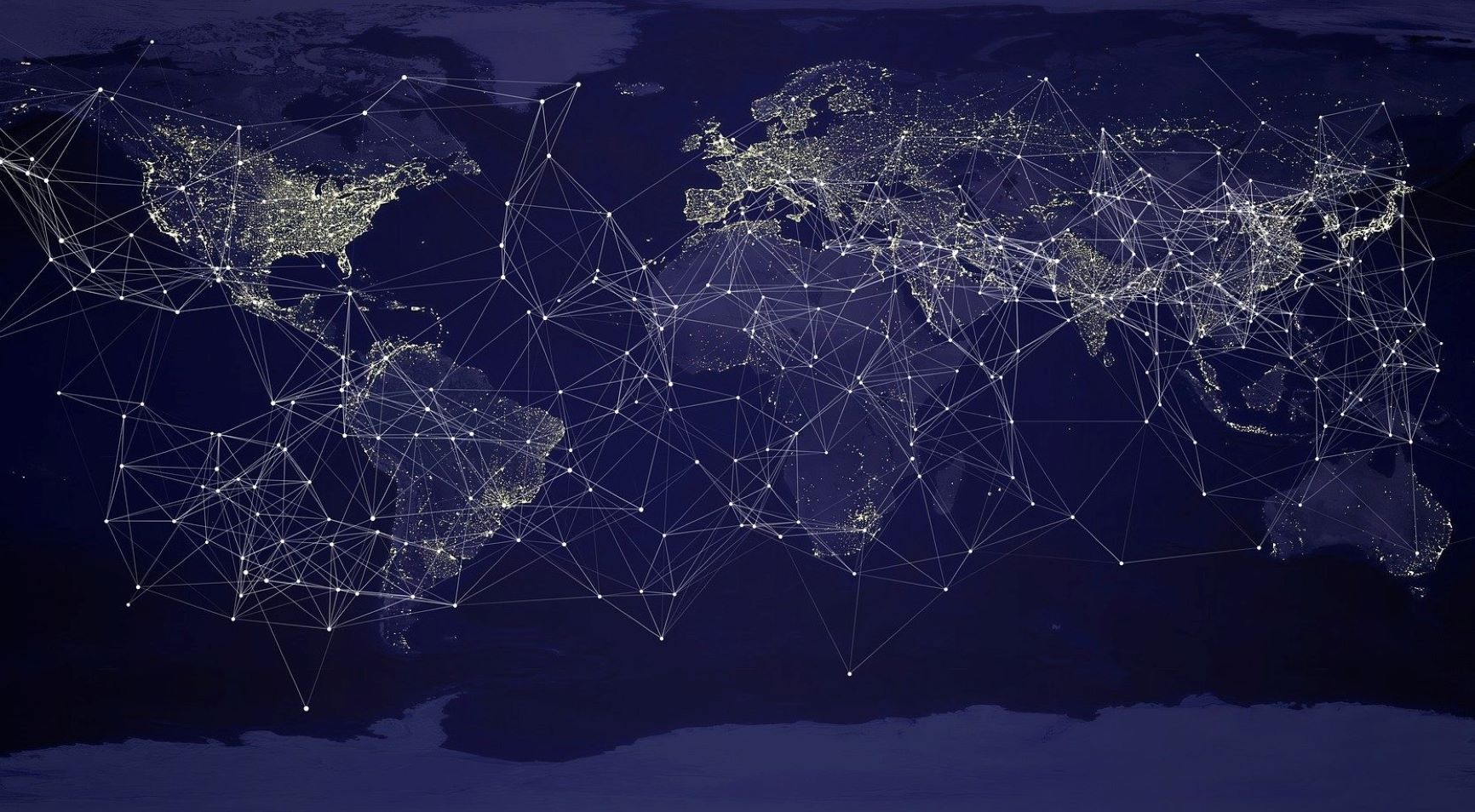The Internet turns 40!
Date:
Changed on 30/05/2023

40 years ago the Internet, a revolutionary invention, was born. “It all dates back to 1957, when the Soviets put Sputnik, the first ever artificial satellite, into orbit”, recalls Gérard Le Lann, emeritus director of research at Inria. “The Americans felt threatened by this, which they saw as proof that the USSR could drop nuclear bombs from space. But it was also embarrassing scientifically: the USA was lagging behind!”
In response to these two issues, in 1958 the US government launched the Advanced Research Projects Agency (ARPA) in order to promote research for the US military. The aim of one of the first projects was to develop an interconnecting network of computers, like the one that Joseph Licklider, a professor at MIT (Massachusetts Institute of Technology), had started developing in 1957 in order to make it easier for people to communicate with each other. The project was assigned to the Rand Corporation, an R&D centre which recruited Paul Baran, an engineer from Hughes Aircraft, to conduct the research.
Between 1960 and 1964 Baran worked on the idea that messages first had to be broken down into packets before then being reassembled upon arrival, inventing the majority of the building blocks for packet-switching networks, like the modern Internet. As a result of this work, in conjunction with that of other pioneers like Leonard Kleinrock in the USA or Donald Davies in the UK, the first components needed to build the internet were available by 1965. But it would take a healthy dose of ingenuity in order to get things off the ground.
Firstly, all of these concepts had to be tested in real-life situations. In 1967 Larry Roberts, programme director at the ARPA, got down to the task by launching the ARPANET project, the goal of which was to create and test a packet-switching network covering the whole of the USA. The hope was that this would make it possible for two computers to communicate with each other on opposite sides of the country.
Titre
Image

Verbatim
The people involved in ARPANET - from researchers and students to computer manufacturers - were tackling a problem that no one had studied before: how to create an end-to-end protocol between computers connected to a network that would make it possible to control data packet transmissions as they were sent and as they were received.
Auteur
Poste
Emeritus director of research at Inria
He began exploring the subject himself in 1972 when he joined Iria (a predecessor to Inria) and was tasked with creating a “Networks” team in Rennes. From Brittany, he kept a close eye on the work of North American trailblazers such as Robert Kahn, Vint Cerf, Alex McKenzie and Steve Crocker.
The Internet in key dates
“At the time, I had no idea of the impact this network would go on to have. I was fascinated by the algorithmic challenges that would need to be overcome in order to develop a control protocol for errors and flows.” He began work on simulations at the University of Rennes. Then, in March 1973, he presented his results - the “sliding window” mechanism used to control errors and flows when messages are being exchanged - to Vint Cerf, who was visiting Iria in Rocquencourt. Cerf was convinced, and invited Le Lann to spend a year with his research team at Stanford so that they could incorporate this mechanism into the inter-computer protocol they were working on.
“1973-1974 was a remarkable year. In the USA, it started to hit us that these networks had the potential to be revolutionary. We realised that the communication system we were working on could be used for more than to enable researchers at different labs to send messages to one another. This was the dawn of Silicon Valley, and each morning we wondered what incredible things we could invent.”
These pioneers helped to develop the TCP protocol, which is still used today, followed by the IP protocol. “A useful comparison for these protocols is shipping”, explains Gérard Le Lann. “Data packets are the containers, IP is responsible for getting the containers from their port of departure to their port of arrival, while TCP handles port resources, traffic, losses along the way, and so on.”
A standardised packet (also known as a datagram) was then developed by an international work group and just like that, interconnected, heterogeneous networks were finally able to seamlessly exchange messages.
Amid fears that civil and military computers, including from overseas, might start communicating via ARPANET, the DARPA (as the ARPA had come to be known) and the US Defense Communication Agency announced on 1st January 1983 that it would be split into two. The part reserved for the military was called MilNet, while the part accessible to civilians was called the Internet.
25 years had elapsed since Sputnik. 40 years down the line from then, and here we are in 2023. In the time since, the Internet has led to all sorts of innovations, including most notably the Web, but also distributed consensus algorithms (vital for blockchains and cryptocurrencies), the Internet of Things, and the interplanetary internet. Today it is part of everyday life for billions of humans. But the story continues, and the Internet is now facing serious challenges. “This includes cybersecurity, particularly with regard to connected objects such as communicating driverless vehicles, as well as privacy and AI. There is also the issue of digital sovereignty, at a time when a quarter of all underwater cables - used for 90% of intercontinental internet traffic - belong to GAFA. How can we ensure the safety and the privacy of information?” The pioneers of the Internet could never have imagined all of these challenges. But it is now up to today’s researchers and engineers to find the solutions.
Two research papers by Gérard Le Lann: